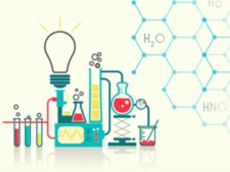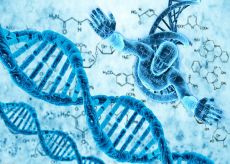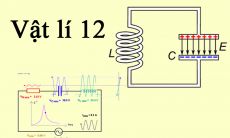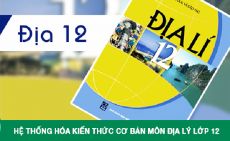Read the following passage and mark the letter A, B, C, or D on your answer sheet to indicate the correct answer to each of the questions from 36 to 42
The most desert animals will drink water if confronted with it, for many of them the opportunity never comes. Yet all living things must have water, or they will expire. The herbivores find it in desert plants. The carnivores slake their thirst with the flesh and blood of living prey. One of the most remarkable adjustments, however, has been made by the tiny kangaroo rat, who not only lives without drinking but subsists on a diet of dry seeds containing about 5% free water. Like other animals, he has the ability to manufacture water in his body by a metabolic conversion of carbohydrates. He is notable for the parsimony with which he conserves his small supply by every possible means, expending only minuscule amounts in his excreta and through evaporation from his respiratory tract.
Investigation into how the kangaroo rat can live without drinking water has involved various experiments with these small animals. Could kangaroo rats somehow store water in their bodies and slowly utilize these resources in the long periods when no free water is available from dew or rain? The simplest way to settle this question was to determine the total water content in the animals to see if it decreases as they are kept for long periods on a dry diet. If they slowly use up their water, the body should become increasingly dehydrated, and if they begin with a store of water, this should be evident from an initial high-water content. Results of such experiments with kangaroo rats on dry diets for more than 7 weeks showed that the rats maintained their body weight. There was no trend toward a decrease in water content during the long period of water deprivation. When the kangaroo rats were given free access to water, they did not drink water. They did nibble on small pieces of watermelon, but this did not change appreciably the water content in their bodies, which remained at 66.3 to 67.2 during this period. This is very close to the water content of dry-fed animals (66.5), and the availability of free water, therefore, did not lead to any “storage” that could be meaningful as a water reserve. This makes it reasonable to conclude that physiological storage of water is not a factor in the kangaroo rat's ability to live on dry food.
Câu 36 : What is the main idea of this article?
Suy nghĩ và trả lời câu hỏi trước khi xem đáp án
Lời giải:
Báo saiA. Chuột kangaroo và cuộc sống nhờ thức ăn khô
Câu 37 : The word “expire” in paragraph 1 is closest in meaning to ______.
Suy nghĩ và trả lời câu hỏi trước khi xem đáp án
Lời giải:
Báo saiexpire = die: chết
Câu 38 : The word “it” in paragraph 1 refer to ______.
Suy nghĩ và trả lời câu hỏi trước khi xem đáp án
Lời giải:
Báo saiDẫn chứng: Yet all living things must have water, or they will expire. The herbivores find it in desert plants.
Câu 39 : Which of the following is NOT true about the kangaroo rat, according to the passage?
Suy nghĩ và trả lời câu hỏi trước khi xem đáp án
Lời giải:
Báo saiC. Nó thở chậm và không thường xuyên.
Câu 40 : According to paragraph 2, what is the result of the experiments with kangaroo rats?
Suy nghĩ và trả lời câu hỏi trước khi xem đáp án
Lời giải:
Báo saiDẫn chứng: Investigation into how the kangaroo rat can live without drinking water has involved various experiments with these small animals.
Câu 41 : The word “deprivation” in paragraph 2 is closest in meaning to ______.
Suy nghĩ và trả lời câu hỏi trước khi xem đáp án
Lời giải:
Báo saideprivation = shortage: thiếu
Câu 42 : According to the passage, what allows desert animals to exist with little or no water?
Suy nghĩ và trả lời câu hỏi trước khi xem đáp án
Lời giải:
Báo saiD. Khả năng thích nghi với môi trường sa mạc của họ
Đề thi thử THPT QG năm 2021 môn Tiếng Anh
Trường THPT Văn Lang












